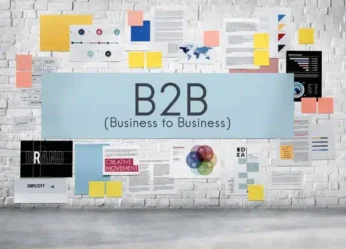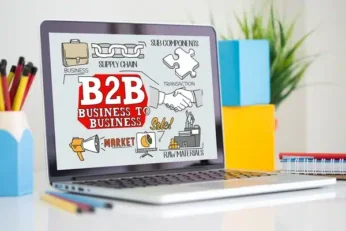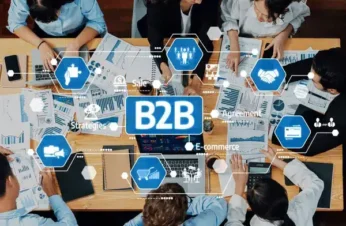As discussed by Okoone in the article “How B2B Marketing Changed Into a Growth Engine,” B2B marketing has evolved from simple lead generation to a comprehensive growth driver that aligns marketing, sales, and customer experience. This shift reflects the growing need for data-driven strategies that foster long-term relationships, enhance personalization, and deliver measurable ROI. Modern B2B marketing now focuses on building customer value and driving sustainable revenue rather than short-term campaigns.
The integration of digital tools, analytics, and automation has redefined how businesses connect with their audiences. From account-based marketing to content-driven engagement, today’s strategies emphasize trust, relevance, and performance tracking. B2B marketing is no longer just a support function it’s a strategic engine powering brand growth and profitability in a competitive digital landscape.
Click here to learn more about Total Web Partners’ digital marketing solutions or here to read the full article.
Article with all rights reserved, courtesy of Okoone — https://www.okoone.com









